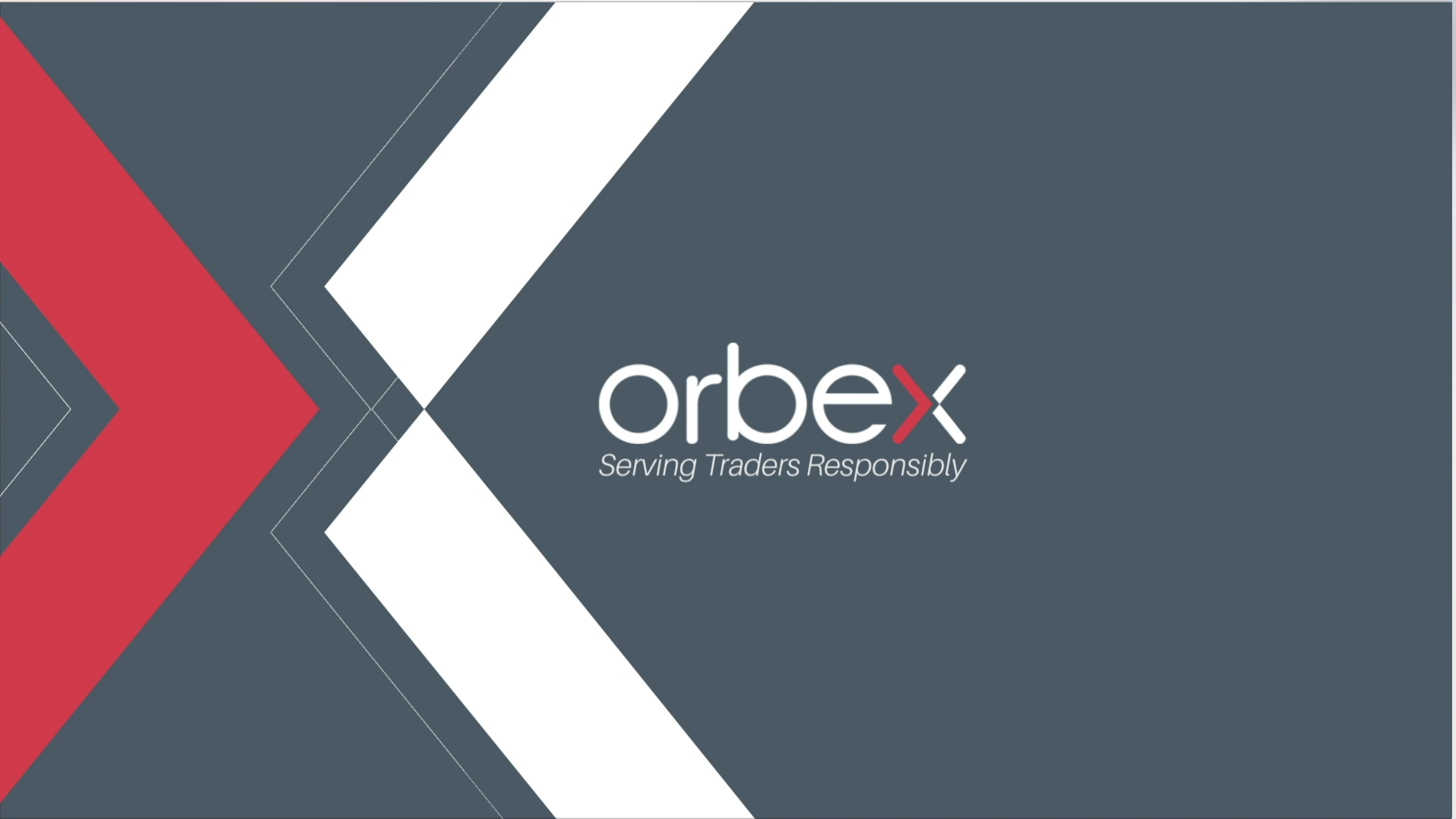Australia consumer prices subdued in Q1

Australia consumer prices subdued in Q1 with core inflation staying below the Reserve Bank of Australia’s inflation target. The soft print on inflation increases the expectations that the RBA could see interest rates going nowhere for a considerable amount of time.
Data from the Australian Bureau of Statistics showed that consumer prices rose 0.4% on a quarterly basis in the three months ending March 2018. Overall, Australia’s inflation rate averaged around 1.9% on the year as forecast.

Australia CPI, Q1 2018: 1.9%
Core inflation rate continued to undershoot the RBA’s inflation target band of 2% – 3% and stayed below the target for the ninth consecutive quarter. This was the longest period on record so far for the core CPI to have remained below the RBA’s target band.
The ABS had also cautioned that disinflation in tradable prices fell 0.4% on the quarter to 0.5% on a year over year basis. However, in a contrast, the price of non-tradables which cover the services sector was seen rising 0.8% on the quarter to an annual pace of a 3.1% increase.
The increase in the non-tradables prices managed to offset the declines in the tradable prices. The declines in the holiday, technology equipment, furniture and clothing were seen to be falling as well.
The biggest declines were seen in the clothing sector which, alone accounted for a 2% decline. This came due to price wars in the retail sector over the years.
Increase in prices was noticeable across the gas, education, vegetables, and healthcare sectors.
Australia wage growth weakens
Wage growth continued to remain one of the major factors for inflation to remain low. Wage growth continued to slow to historic lows despite employment seen booming in the economy.
Just a few days before the inflation data, Australia’s employment details showed that hiring barely increased in March. The February employment numbers showed a sharp revision as well which was disappointing.
According to data from the ABS, the Australian economy was seen adding just 4,900 net jobs in March. This was well below the market expectations of a 21,000 forecast. February’s data was revised lower to show a net decline of 6,300 jobs compared to the original print which showed an increase of 17,500.
Full time jobs were seen being revised lower contributing to the downside revision. While the employment numbers were bad, the Australian unemployment rate was seen remaining steady at 5.5% in March. Overall, in the past eleven months, the Australian unemployment rate was seen averaging around 5.4% and 5.6%.
Due to the fact that there still remained a significant amount of slack in the economy, the lack of shortage of skills is expected to keep wage growth in check for the near term.
The weak set of numbers from the jobs came just a week after the Reserve Bank of Australia forecast that job growth would pick up. However, the RBA said that despite its expected pickup in job growth, it did not expect to see any strong case for a rise in wage growth.
With wage growth staying soft which in turn is expected to affect the growth in inflation, the Reserve Bank of Australia is expected to remain on the side lines for the foreseeable future.
The RBA had kept interest rates at historic lows of 1.5% since 2016. Given the recent weak stretch of data, the central bank is not expected to hike rates any time soon.
At the time of writing, the interest rate futures for Australia signal just a 30% probability of a rate hike by December this year and the expectations for a June 2019 rate hike still remain low.




